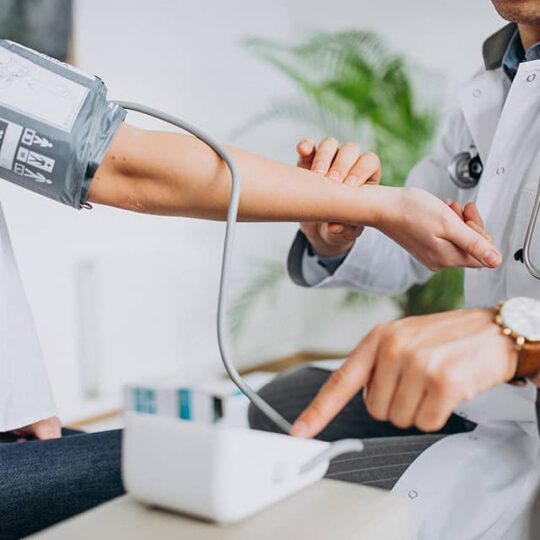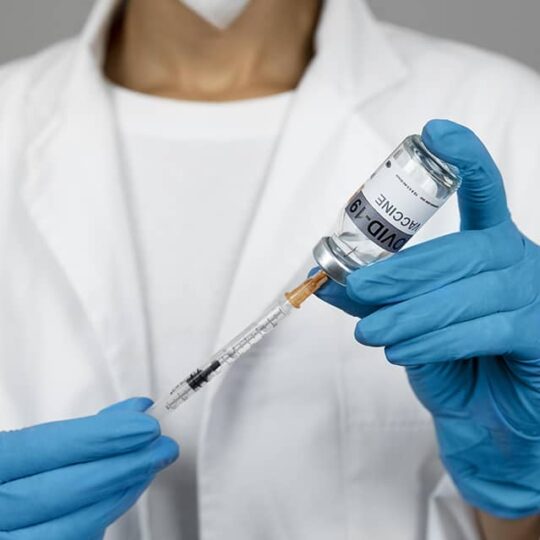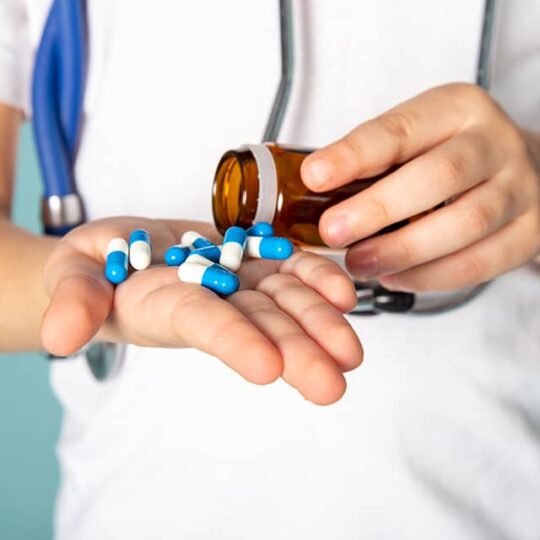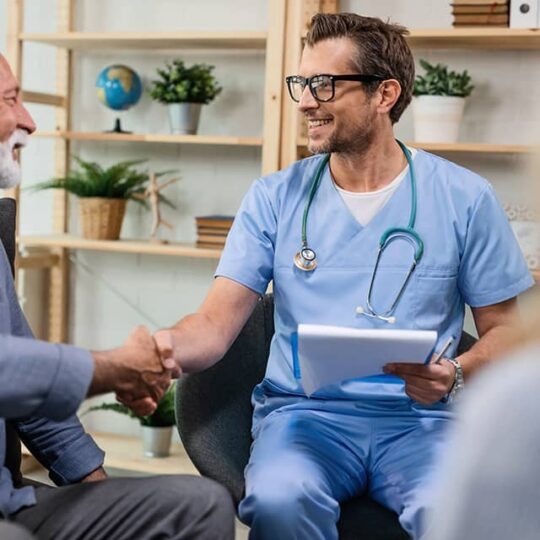The application allows students to perform activities (simulations) in the context of patient treatment in a healthcare facility.
Students have the opportunity to gain knowledge about the naming and identification of the elements that make up the environment in outpatient clinics and hospitals. The application fully evaluates the correctness of the student's progress in the activity (simulation).
The application enables the understanding and acquisition of professional terminology in the field of healthcare.
The application consists of 1o environments:



